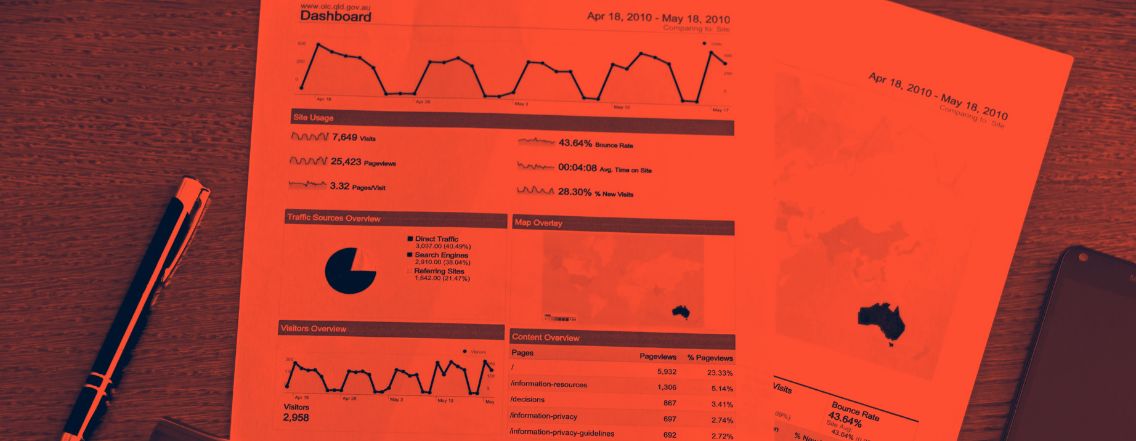What are Variable Recurring Payments?
You may have heard of open banking and the benefits it can bring to merchants, both off- and online. Although the European Union is gradually implementing open banking across its 27 member states and other countries (36 in total), the UK has accelerated its efforts and has the world’s most advanced open banking ecosystems.
The EU is catching up, but in the meantime, with their advance of approximately 18 months, the UK recently began implementing the next milestone of open banking: variable recurring payments (VRP). Before going into VRPs, first, a quick recap of open banking. It all started with the EU’s Payment Services Directives. PSD2 and open banking are generally used interchangeably.
PSD1 + PSD2
The Payment Services Directive 1 (PSD1) was introduced in 2007. This directive established a digital market for payments, and created the platform for the Single European Payments Area (SEPA) so that every country in the EU could benefit from a standardised and low-cost way to transfer money. PSD1 also created “payment service providers” and a regulatory framework that allowed non-bank financial institutions to carry out payment transactions.
The creation of PSD1 allowed Europeans to have faster, cheaper and more transparent payments, and it allowed the fintech industry to develop and create innovative financial products outside of banks.
Logically, the next step was to create another directive to further develop payments across the EU. PSD2 was implemented between 2016 and 2018, with the final deadline occurring in 2019. This directive piggybacked on the first one, and aimed to tackle fraud, open the EU market to competition and generally make it safer for consumers to make payments online thanks to strong customer authentication.
Two new services in PSD2
This time around, two new services were created in PSD2 to bring more innovation to the financial industry:
- Payment Initiation Services
- Account Information Services
Payment Initiation Services
Payment initiation services (often called “open banking payments”) have become a new payment flow in recent years, which bypasses traditional card schemes (such as Visa, Mastercard, Discover, etc.). In order to offer these types of payments, you must be a licensed Payment Initiation Service Provider (PISP).
When paying online, customers are asked to approve the payment through their bank. On both mobile and desktop, the new norm is for customers to approve the payment on their smartphone. They are automatically redirected to their banking app, and use strong authentication—their password, fingerprint or face—to approve the payment.
Just like direct debit payments, open banking payments are account-to-account. Money is moved directly between accounts, instantly. A consumer approves a payment from their secure banking app and it is sent directly to the merchant’s account, in real time.
Account Information Services
Account information services are a tool that allows licensed institutions to access information from a consumer’s bank account, such as account balance and transaction history. In order to access this information, you must be a licensed Account Information Service Provider (AISP). Consumers must consent to their data being shared, also using strong authentication.
Both of these services are the backbone of open banking, which strive to expand access to financial data and services. Before open banking was created, most consumer data was guarded closely by banks and not shared with their customers, let alone other players in the financial industry.
Today, consumers have more control over the data they create. They can choose to share it with licensed players, to make more informed financial decisions and enjoy innovative products, such as robo advisers, personalised-rate loans and more. And should they decide that they don’t want to share their data and use new products—that is completely with their rights. Consent is the driving force behind open banking regulations.
Open banking services have taken off in recent years, with more than 6M users and 500% year-on-year increase in the UK. Sweden, Germany and France have also seen huge strides in usage, as noted in Yapily’s recent European Open Banking League Table report.
Variable Recurring Payments
Now that you understand the backstory of open banking, let’s talk about the next innovation slated to bring additional innovations to Variable Recurring Payments (VRPs). This type of payment has the potential to change the way consumers pay their bills, and in turn, how merchants secure their payments.
What is a VRP?
A VRP is a payment method that allows consumers to securely connect a licensed third-party provider to their bank account so that the third party can make a series of payments on the consumer’s behalf. The third party (technically, a “payment initiation service provider, PISP) must be licensed to manage these types of payments, as they are under very strict regulations from the EU and UK.
Many of the payments consumers have today are, in fact, recurring payments. This goes for gym memberships, energy bills, streaming services and many others. They are almost always done on a recurring basis, by direct debit, bank/credit card and in some countries, standing orders and continuous payment authority (CPA).
VRPs combine the benefits of both direct debit and open banking payments. Like direct debit, they require a mandate which authorises money to be taken out of their account each month. Consumers have control over several parameters, such as frequency of payments, maximum amount per payment, the end date of permission and others. They can cancel payments at any time, as well as revoke access to the third-party provider.
And because VRPs use open banking payments, they include all the benefits that come with them: high security, instant processing, irrevocability and more. The main difference is that VRP does not require the consumer to validate each transaction, unlike a one-off open banking payment. As long as the mandate has been validated, a series of open banking payments will be sent at the frequency defined, until the end of the mandate.
VRP use cases today
As it stands today, VRPs have only been released in the UK, which is typically 12-18 months ahead of the EU. This gap is slowly closing as the rest of Europe catches up and implements the technology, but for the moment, the UK is the reigning champion in open banking innovation.
The first use case addressed using VRP is called ‘sweeping’, which was released in July 2022 across the nine largest banks in the UK. Also called ‘me-to-me’ payments, sweeping allows the automatic transfer of money between two accounts that belong to the same person.
Sweeping is especially anticipated in the investment world, because it allows high-value payments to be made and reinvested quickly, further strengthening the market.
The main uses for sweeping are:
- Saving money
Automatically moving funds from one account to another, for example, to earn a higher rate of interest. There are several financial apps that already do this, such as Plum and Moneybox.
Consumers can also schedule a recurring transfer of money between their accounts, with more specific parameters than through their traditional banking apps. This speeds up the process and reduces the need for manual transactions.
- Overdraft protection
Just like for saving money, this use case automatically moves funds from one account to another, but this time to protect oneself from getting charged fees. If a current account doesn’t have enough funds for a purchase, VRPs can automatically transfer money from a savings account to avoid the overdraft charge. This can help consumers better manage their budget and save money.
What’s next for VRPs?
We are only at the beginning of VRPs. There are a myriad of use cases possible in the future that go beyond sweeping. VRPs will one day be possible between accounts owned by different people or businesses, for e-commerce use cases, among others.
VRPs could potentially live alongside, or even replace other forms of recurring payments. They may be used for typical types of recurring payments, such as:
- Electricity, gas or other household bills
- Insurance policies
- Streaming services, like Spotify or Disney+
- Hailing apps, like Uber or Lyft
- Investment services
Benefits of Variable Recurring Payments for merchants
- Lower risk of fraud and failed payments—consumers have to strongly authenticate payments so the risk of fraud is much lower, if not nonexistent for this payment method.
- Reduced costs—VRPs use open banking payments, which do not go through the traditional card schemes (Visa, Mastercard, etc.) that charge high interchange fees.
- Account-to-account and irrevocable payments—open banking payments can’t be contested and are paid directly into merchant’s accounts.
Benefits of Variable Recurring Payments for consumers
- Highly secure—VRPs use open banking technology, which forces strong authentication and protects consumers from fraudulent activity, as there is no need to enter card or account numbers.
- Optimised user experience—fast, convenient and easy to manage. Consumers have complete control over their payments.
- Financial management—using sweeping, consumers can save money easily at advantageous rates, and protect themselves from overdraft fees.
Alternatives to VRPs in the EU
Although VRPs have recently hit the British market, the sweeping use case is limited and still needs time to be widely adopted by consumers. The e-commerce use cases for VRPs that compete with more established recurring payment methods are more likely to be released in 2023 or 2024—in the UK.
In the aim of providing the EU a very similar VRP experience that is immediately available, SlimPay has created SlimCollect. This open banking solution combines the new and available open banking payments (as a reminder, “payment initiation services”) with the familiar account-to-account direct debit.
The first payment is executed as an open banking payment, and the consumer’s IBAN is directly collected from their bank. We then automatically create a SEPA mandate and all future payments will be executed using direct debits. The only real difference with a VRP is that not every payment will use open banking, only the first one. However, the benefit is that as a merchant in Europe, you are probably already extremely familiar with SEPA direct debits and your customers trust this method of payment. It’s the best use case for innovation and high conversion!
For now, the EU is impatiently awaiting the arrival of a first VRP use case on the continent. But with SlimCollect, merchants can already enjoy nearly all the benefits of a VRP consumer-to-merchant use case without waiting for the official release, which is not likely to arrive before 2025. For more information, please visit our website.




